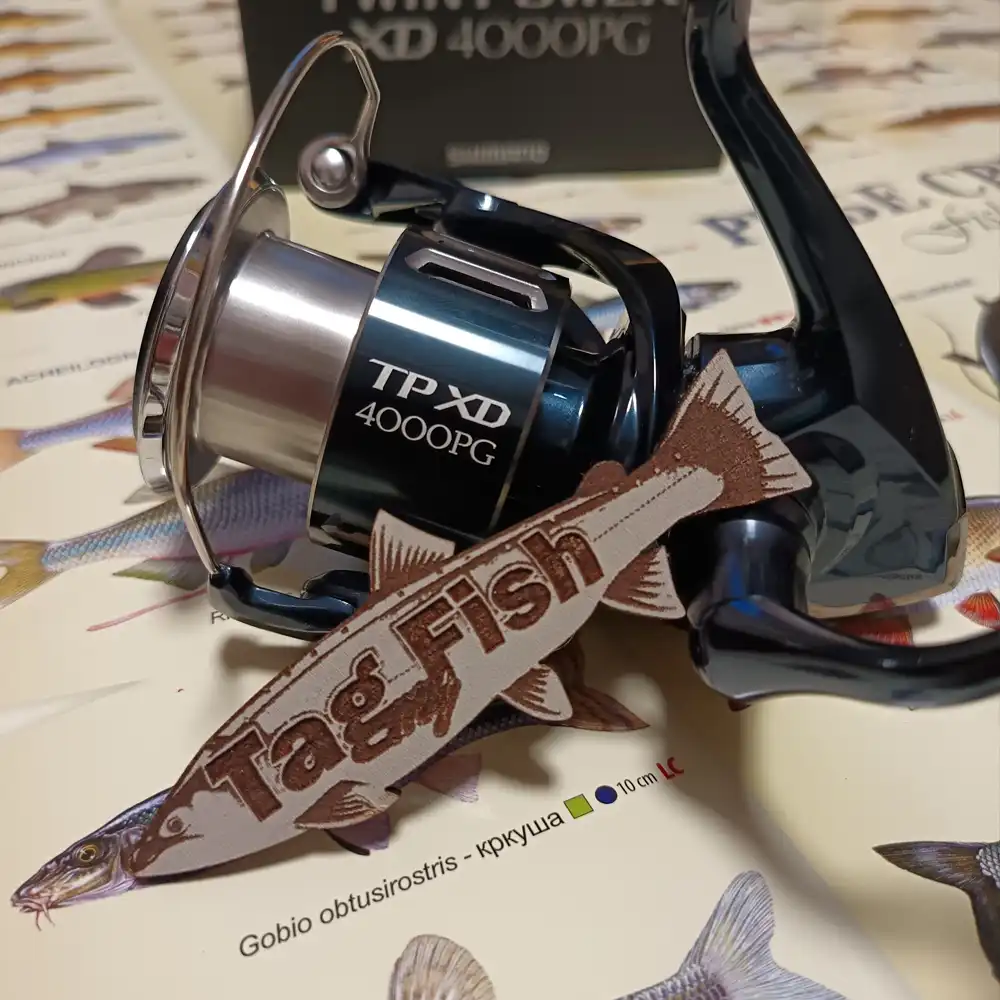Bojana

General data
- Name: Bojana
- Water system: Adriatic Sea
- Water type: River
- Progression: Adriatic Sea -> Mediterranean Sea -> Atlantic Ocean -> Planet Earth
- Climates: Subtropical
- Continents: Europe
- Countries: Albania, Montenegro
The Bojana, also known as the Buna (Albanian: Bunë), is a 41-kilometer-long (25 mi) river in Albania and Montenegro that flows into the Adriatic Sea. An outflow of Lake Skadar, measured from the source of the lakes longest tributary, the Morača, the Morača-Lake Skadar-Bojana system is 183 km (114 mi) long.
The river in Albania The river used to be longer, but due to a rise in the level of Lake Skadar, the uppermost part of the river is now under the lakes surface. The river initially flows east, but after only a few kilometers reaches the city of Shkodër and turns to the south. On the southern outskirts of the city, the river receives its most important tributary, the Great Drin, the greater part of which became its tributary after changing course during a flood in 1858 and now brings more water (352 m³/s) than the Buna itself (320 m³/s). After flowing around the Peak of Tarabosh, it passes through the villages of Zues, Bërdicë, Darragjat, Oblikë, Obot, Shirq, Dajç and Goricë.
Border river and the mouth
After 20 kilometers (12 mi) in Albania, it forms the border between Albania and Montenegro. On this border section, which is 24 km (15 mi) long, the river meanders widely, flowing around Lakes Šas and Zogajsko blato, both in Montenegro. Settlements include villages of Sveti Đorđe and Reč on the Montenegrin and Luarzë and Pulaj on the Albanian side. The area surrounding the river in this section is low and marshy, the Bojana being the eastern border of the Field of Ulcinj and of the 12-kilometre-long (7.5 mi) Long Beach (Velika Plaža) of Ulcinj. At its mouth into the Adriatic, Bojana forms a small delta with two arms, the left one forming the border with Albania, and the right one, with the island between the arms, being part of Montenegro. The island is called Ada Bojana, has found its way into the Serbian language). It was supposedly formed around a ships wreck in the 19th century, and now covers an area of 6 km2 (2.3 sq mi), and is Montenegros largest island. With the neighboring resort of Sveti Nikola, it is a major center of nudism along the Adriatic. The other, smaller island belongs to Albania and is called Franc Joseph Island or Ada Major. This small island is not artificial such as Ada Bojana but natural. The Island of Franz Joseph frequently receives tourists.

 English
English
 Spanish
Spanish
 German
German
 French
French
 Serbian
Serbian
 Russian
Russian

